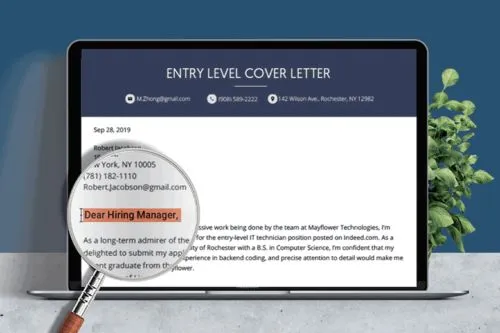What is a Cover Letter?
A cover letter is a crucial document that accompanies your resume when applying for a job. It serves as a personalized introduction, allowing you to highlight your skills, experience, and enthusiasm for the specific position and company. Unlike your resume, which provides a factual overview of your qualifications, a cover letter offers an opportunity to showcase your personality, communication skills, and genuine interest in the role. It’s your chance to make a strong first impression and convince the hiring manager that you’re the ideal candidate. A well-crafted cover letter can significantly increase your chances of securing an interview, while a poorly written one can lead to your application being overlooked. Therefore, understanding how to address a resume cover letter and mastering its essential elements is paramount for a successful job application.
Why You Need a Cover Letter
In today’s competitive job market, a cover letter is often a mandatory part of the application process. It’s not just a formality; it provides a unique opportunity to differentiate yourself from other applicants. While your resume lists your qualifications, your cover letter allows you to tell a story. It enables you to explain why you are interested in the specific role and company, and how your skills and experiences align with their needs. Many hiring managers expect a cover letter, and failing to include one, even when not explicitly required, can be a red flag. This could signal a lack of attention to detail or a lack of genuine interest in the position. Moreover, it allows you to address any potential weaknesses in your application and elaborate on your strengths. Therefore, when you know how to address a resume cover letter, you know how to present yourself in the best possible light.
Key Elements of a Cover Letter
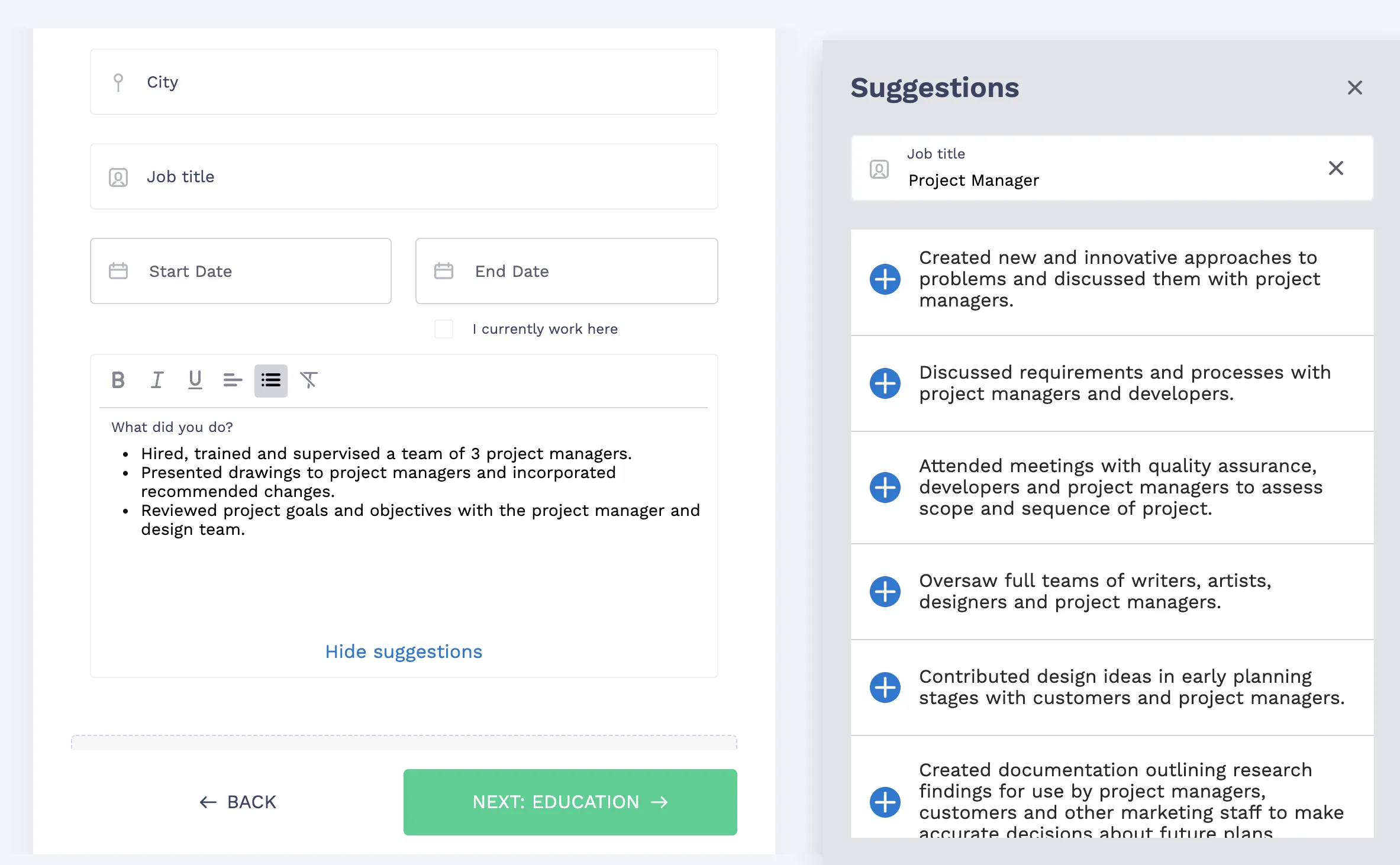
A well-structured cover letter typically includes several key elements, each serving a specific purpose in conveying your qualifications and enthusiasm. These elements work together to create a cohesive and compelling narrative that captures the hiring manager’s attention. Understanding these elements and how they contribute to a strong cover letter is crucial to crafting an effective application. The structure should flow logically, starting with your contact information and date, followed by addressing the hiring manager, an engaging opening paragraph, a skills and experience showcase, a section for highlighting achievements, an expression of interest and enthusiasm, a strong closing, and finally, proofreading and formatting. All of these sections are essential to include in a cover letter to grab the attention of the hiring manager and greatly increase the chances of a job interview.
Contact Information and Date
At the top of your cover letter, include your contact information. This typically includes your full name, address, phone number, and email address. Make sure your email address is professional; avoid using nicknames or unprofessional language. Immediately below your contact information, include the date you are sending the cover letter. This provides important context to the hiring manager and ensures that your application is properly tracked. This simple yet essential step ensures that the hiring manager can easily reach you if they wish to move forward with your application. Formatting your contact information clearly and concisely is important for a professional and organized presentation. It’s the first thing the hiring manager will see, and it sets the tone for the rest of your letter.
Addressing the Hiring Manager
Addressing the hiring manager directly is a crucial step in writing a cover letter that grabs attention. Instead of using generic greetings like “To Whom It May Concern,” try to find the name of the hiring manager or the person responsible for reviewing applications. This personalized approach immediately demonstrates that you’ve taken the time to research the company and the specific job. You can often find this information on the company’s website, on LinkedIn, or in the job posting itself. If you cannot find a specific name, it is acceptable to use a title such as “Dear Hiring Manager” or “Dear [Department] Team.” This shows respect and engagement, setting a positive tone from the start. When you know how to address a resume cover letter, you have already taken the first step towards making a good impression and getting your application noticed.
Opening Paragraph
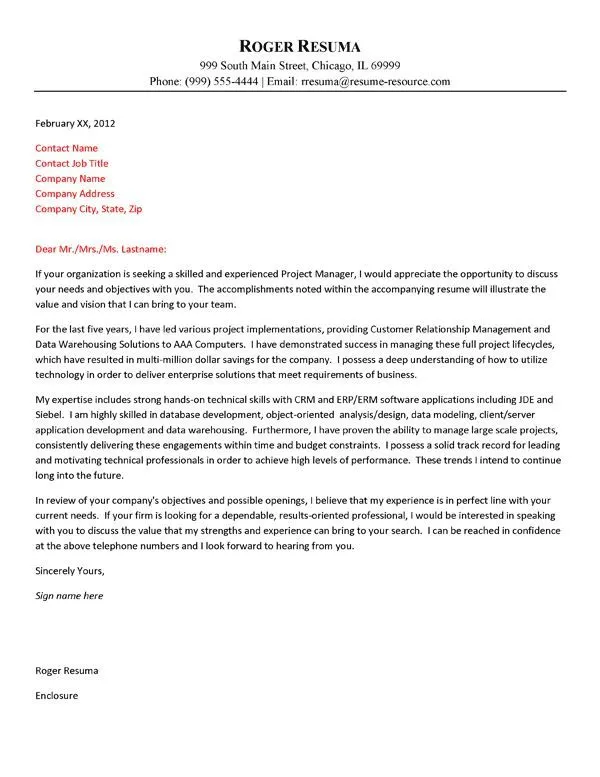
The opening paragraph of your cover letter is your first opportunity to capture the hiring manager’s attention and make a positive impression. It should be concise, engaging, and clearly state the purpose of your letter—to express your interest in a specific job. Begin by mentioning the position you are applying for and where you saw the job posting. Then, immediately hook the reader with a brief statement about why you are a good fit for the role. Highlight a key skill or achievement that aligns with the job requirements. Avoid generic introductions; instead, personalize your opening to demonstrate your genuine interest in the company and the position. A strong opening sets the tone for the rest of your letter, encouraging the hiring manager to continue reading and learn more about your qualifications. Knowing how to address a resume cover letter is vital to make a strong start and secure an interview.
Highlighting Relevant Skills and Experience
The body of your cover letter should provide specific examples of how your skills and experience align with the job requirements. Carefully review the job description and identify the key skills and qualifications the employer is seeking. Then, write a few paragraphs that demonstrate how your experience and skills match these needs. Use concrete examples, not just a list of your responsibilities. Instead of simply stating that you have leadership skills, describe a situation where you led a team to achieve a specific goal. Quantify your accomplishments whenever possible. Use the STAR method (Situation, Task, Action, Result) to structure your examples. This method allows you to provide a detailed narrative that showcases your abilities and achievements effectively. By demonstrating your relevant skills and experience, you prove that you are well-suited for the role and increase your chances of getting an interview.
Showcasing Your Achievements
In addition to highlighting your skills and experience, your cover letter should showcase your key achievements. Focus on quantifiable results and specific accomplishments that demonstrate your value to previous employers. Use action verbs to describe your contributions and the impact you made. For example, instead of saying you “managed projects,” say you “successfully managed multiple projects, resulting in a 15% reduction in project costs.” Whenever possible, use numbers and data to illustrate your achievements. This provides concrete evidence of your capabilities and makes your accomplishments more compelling. Showcasing your achievements differentiates you from other candidates and provides the hiring manager with tangible evidence of your potential to succeed in the role. By effectively communicating your achievements, you make a stronger case for why you should be selected for an interview.
Expressing Enthusiasm and Interest

Your cover letter should clearly express your enthusiasm for the position and the company. Demonstrate your genuine interest by explaining why you are excited about the opportunity and how your values align with the company’s mission and goals. Research the company and mention specific aspects that appeal to you, such as their products, services, culture, or recent achievements. Personalize your message by sharing how your skills and experience will enable you to contribute to their success. Avoid generic statements; instead, be specific and authentic. For example, if you admire the company’s commitment to sustainability, mention how your passion for environmentally friendly practices aligns with their values. Showing genuine enthusiasm demonstrates your commitment and increases your chances of getting an interview. After all, that is what you aim for when you know how to address a resume cover letter effectively.
Closing the Cover Letter
The closing of your cover letter should be concise and action-oriented. Reiterate your interest in the position and thank the hiring manager for their time and consideration. Clearly state your intention to follow up, and indicate how you can be reached. Provide your contact information again to make it easy for the hiring manager to get in touch. The closing should also include a call to action, such as, “I look forward to discussing my qualifications further in an interview.” End with a professional closing, such as “Sincerely” or “Best regards,” followed by your full name. A well-crafted closing leaves a lasting positive impression and encourages the hiring manager to take the next step—contacting you. Knowing how to address a resume cover letter, including a powerful closing, is essential to securing an interview and the job.
Proofreading and Formatting
Before submitting your cover letter, it is essential to proofread it carefully for any errors in grammar, spelling, and punctuation. Typos and grammatical errors can undermine your credibility and make a negative impression on the hiring manager. Use a spell checker and grammar checker, but don’t rely on them completely. Proofread the letter yourself, and if possible, ask a friend or colleague to review it as well. Pay attention to the formatting. Ensure that the letter is easy to read, with clear headings, consistent spacing, and a professional font. Use a standard font like Times New Roman or Arial, and maintain a consistent font size throughout the document. The cover letter should be well-organized, with a logical flow of ideas. Correct formatting and careful proofreading demonstrate your attention to detail and professionalism, increasing your chances of making a positive impression on the hiring manager.
Common Cover Letter Mistakes to Avoid
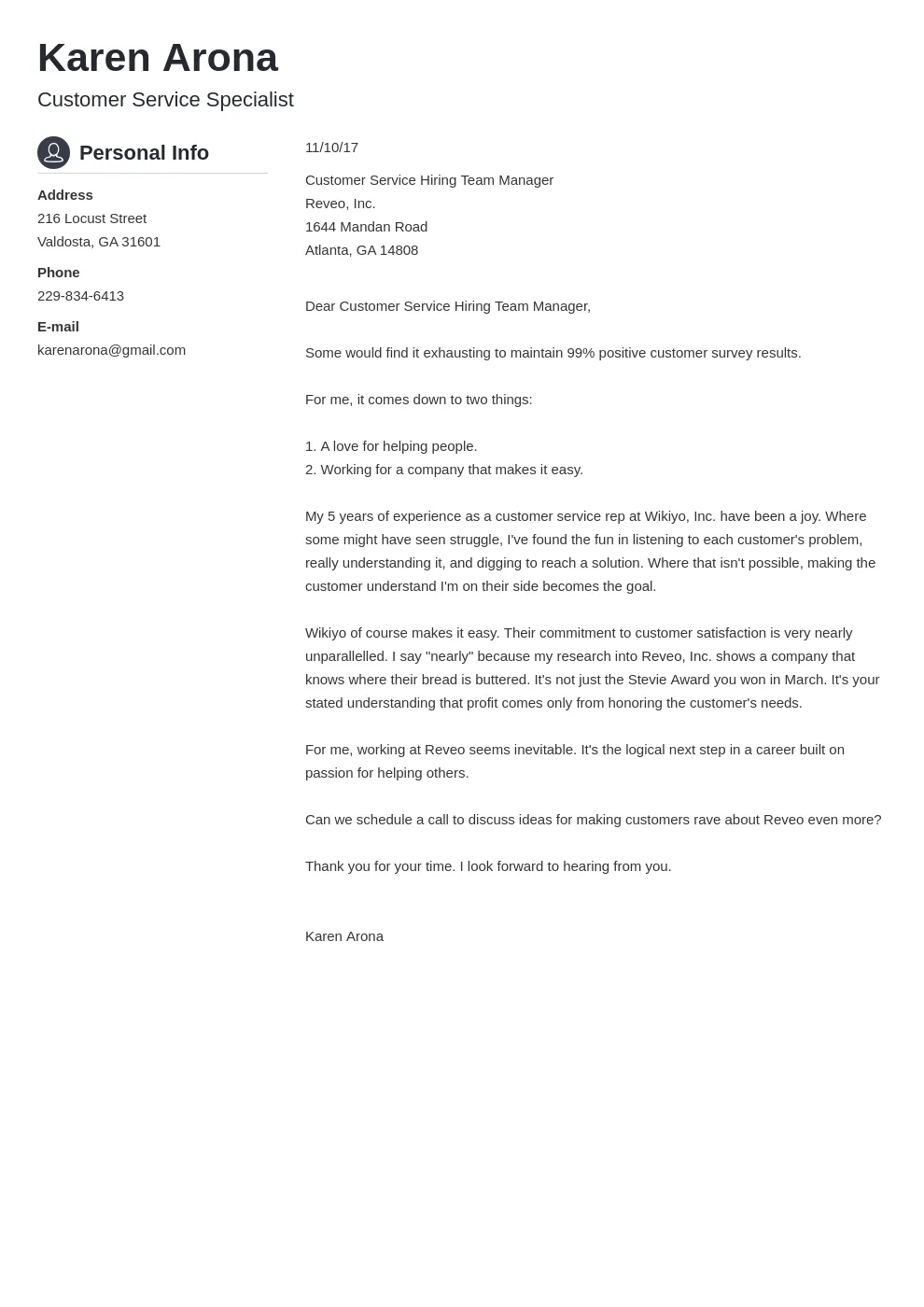
Several common mistakes can significantly reduce the effectiveness of your cover letter. One of the most common errors is sending a generic cover letter that is not tailored to the specific job and company. Always customize your letter to demonstrate your interest and suitability for the specific role. Another mistake is including irrelevant information or focusing on your needs rather than the employer’s. Keep the focus on how your skills and experience can benefit the company. Avoid using jargon or overly complex language. Write in clear, concise, and easy-to-understand language. Neglecting to proofread for errors in grammar and spelling is another frequent mistake. Ensure your cover letter is free of errors. Finally, avoid being negative or complaining about previous employers or jobs. Focus on the positive aspects of your experience and your enthusiasm for the new opportunity. Being mindful of these mistakes and avoiding them ensures your cover letter will be more effective.
Tailoring Your Cover Letter for Each Job
Tailoring your cover letter to each job is critical for demonstrating your genuine interest and suitability for the position. Start by carefully reviewing the job description and identifying the key skills, qualifications, and requirements the employer is seeking. Then, customize your cover letter to directly address these points. Highlight your relevant experience and skills, providing specific examples that match the job requirements. Modify your opening paragraph to mention the specific position and explain why you are a good fit. Research the company and demonstrate your understanding of its mission, values, and recent achievements. Personalize your letter to show how your skills and experience will enable you to contribute to their success. Tailoring your cover letter requires effort, but it significantly increases your chances of making a strong impression and securing an interview. This individualized approach tells the employer that you’ve taken the time to understand their needs and are genuinely interested in the role.
Cover Letter Examples
Reviewing cover letter examples can provide valuable insights into effective writing strategies and formats. Look for examples that are tailored to different industries and job roles. Analyze how the writers structure their letters, highlight their skills and experience, and express their enthusiasm. Pay attention to the language used, the tone, and the overall presentation. Use these examples as inspiration, but avoid copying them directly. Instead, adapt the best practices to your own skills, experiences, and the specific job you are applying for. There are many resources available online that provide sample cover letters for various positions. Utilize these resources to understand how successful candidates present themselves and craft a compelling case for why they are a good fit for the role. It’s essential to remember that your cover letter should reflect your unique personality and qualifications.
Cover Letter Best Practices
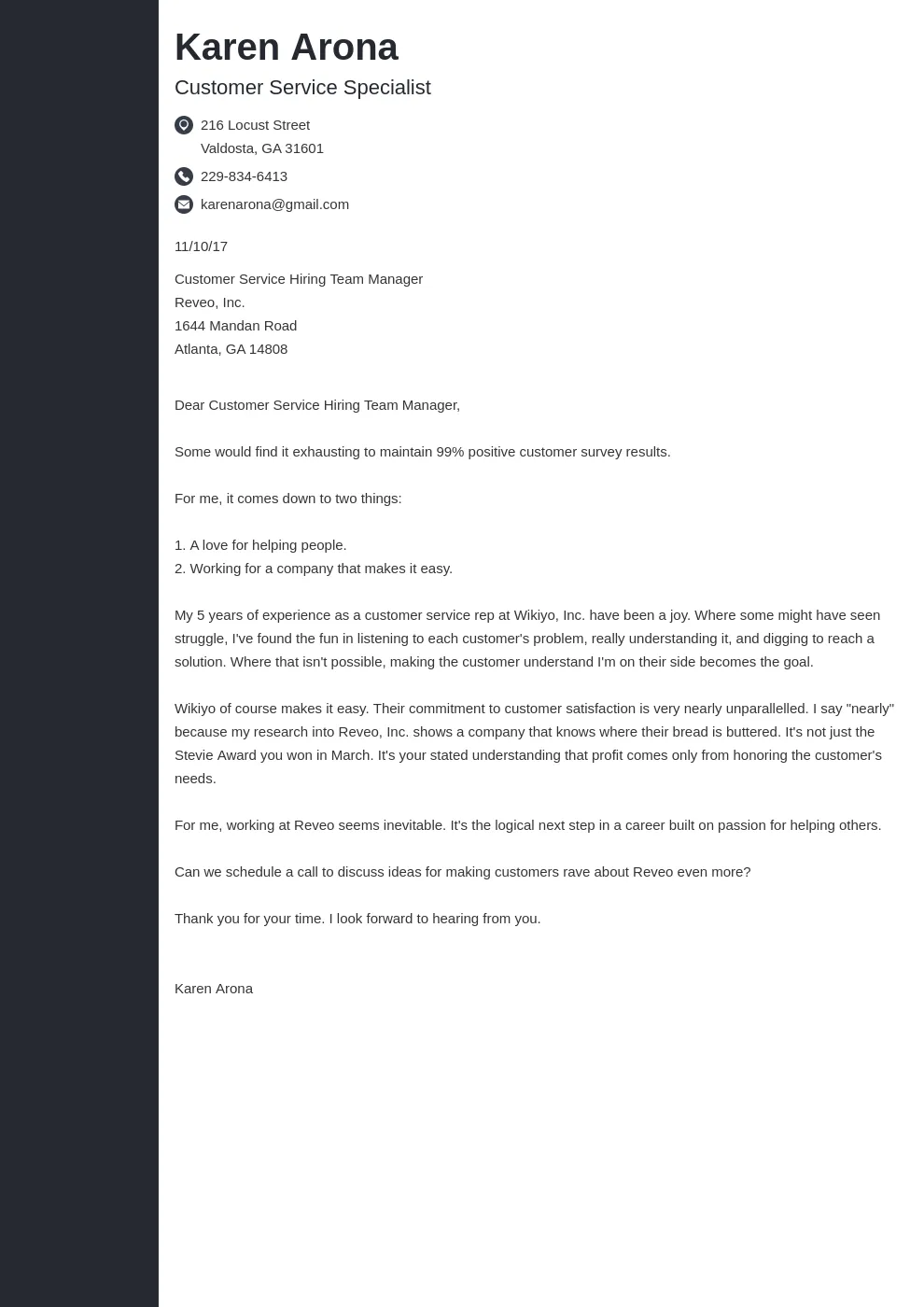
To maximize the effectiveness of your cover letter, follow these best practices. Always tailor your letter to the specific job and company. Research the company and understand its values and mission. Highlight your key skills and experience, providing concrete examples and quantifying your achievements whenever possible. Keep your letter concise and to the point, focusing on what matters most to the employer. Proofread carefully for any errors in grammar, spelling, and punctuation. Use a professional font and clear formatting to make your letter easy to read. Express your enthusiasm for the position and the company. Include a strong call to action, such as expressing your interest in an interview. Use action verbs to describe your accomplishments. By following these best practices, you will create a compelling cover letter that showcases your qualifications and increases your chances of landing an interview. Learning how to address a resume cover letter following these guidelines helps create a positive first impression.
